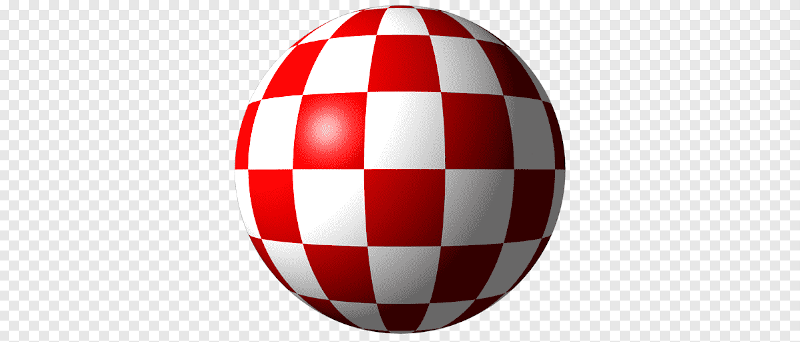I explained how complicated the world of Amiga operating systems is, when update 3.1.4 was released two and a half years ago, if you have orientated yourself in it then and successfully forgot about it again, then I recommend at least reading the introduction. The update that Hyperion Entertainment has released in recent days will at least fit into your whole. If you don’t want to read it, then only briefly – AmigaOS currently exists in three more or less independent branches, which, to a certain extent, borrow part of the code from each other:
- AmigaOS 3.1 – the system by which the original production ended in the first half of the 90s of the last century
- AmigaOS 3.5-3.9 – updates that were created at the turn of the century after the demise of Commodore and several years of dragging over the AmigaOS brand
- AmigaOS 4.1 – a new system for new Amiga, requiring a PowerPC processor
The novelty is connected to the first mentioned branch, but it brings so many novelties that it immediately raises it to 3.2 – we can only hope that they will not do it often, otherwise they will soon hit the ceiling in the form of 3.5 and will have to start numbering differently – chaos will certainly will not diminish.
So what news can amigists expect? There are not a few of them, the very marketing written announcement of the new version states that it is two years of work of more than sixty developers around the world, there are more than a hundred new features, dozens of fixes and minor improvements.
- The GUA toolkit ReAction was backported into the system. The remaining two branches of the operating system are built on this toolkit, so in the future this will make it much easier to create applications that will run everywhere without further major modifications. As an example, the program TextEdit is included, which is written entirely using this toolkit, and as the name suggests, it is a text editor. The toolkit received its own item in the system settings, in which it is possible to set its appearance in all programs that use it.
- The system can now work with disk images in ADF format. This format is practically standard for Amiga emulation, so this state is reflected and AmigaOS works with images like a physical floppy disk – it can mount, format, perform file operations on them, etc. The connection is done by double-clicking from Workbench or using the command line.
- A help system has been added that includes a complete reference guide, including all command line commands. You can also search the help for the command line (equivalent to Unix man pages), and many applications supplied with the system also have their own help. Nowadays, this is taken for granted, but AmigaOS 3.1 was originally released on a few floppies, and you could put much more useful things on them than some help.
- The system understands the new formats that have emerged in the last twenty years: AIFF, GIF, WAV, JPEG, BMP, PNG and others.
- The command line (apart from the mentioned help), as inspiration from other systems, took away the automatic completion of commands with a tab, the possibility of drag’n’drop objects into the shell window, the &&, || operators were added and for concatenating text strings. There is a long list of changes in individual commands.
- The GUI control has also undergone changes, such as the possibility of enlarging the window by dragging any edge or iconification of the window. The system settings and the MultiView program have been newly redesigned.
There is much more to it, I have allowed myself to select only those things that can say something to people who have just interfered with this platform – the rest will please rock fans. You will find a complete list here.
AmigaOS 3.2 is available on a CD that contains ADF images that can either be written to physical media or used in emulators. The system can be installed on all Amiga, provided you have KickStart at least 3.1, 2.5 MB of memory and 10 MB of disk space. Of course, it is recommended to buy chips with the new KickStart 3.2 together with the installation CD, in which case half a megabyte of memory will suffice.
The price of the CD is around 43 euros, for a set of KickStart chips you give 8 euros for each computer, and if you would like to order physical installation disks straight away, then it is necessary to withdraw another 10 euros from your wallet. The good news is that if you buy KickStart chips for more than one computer, then the installation CD only needs one. Even so, there is no lace, but for those who have stayed with the Amiga to this day, the price is certainly only a small obstacle.
–


